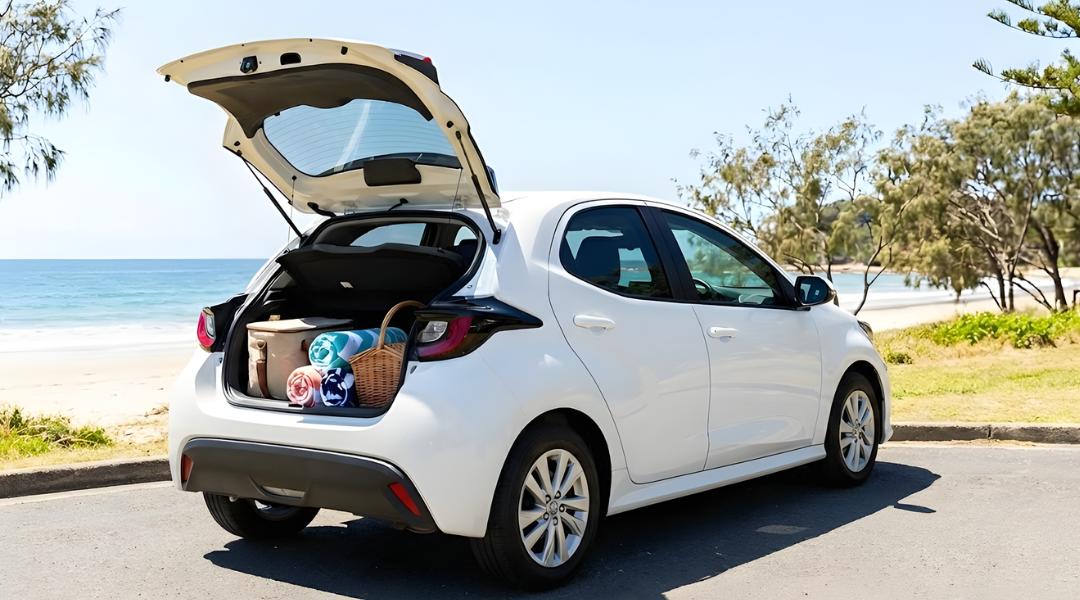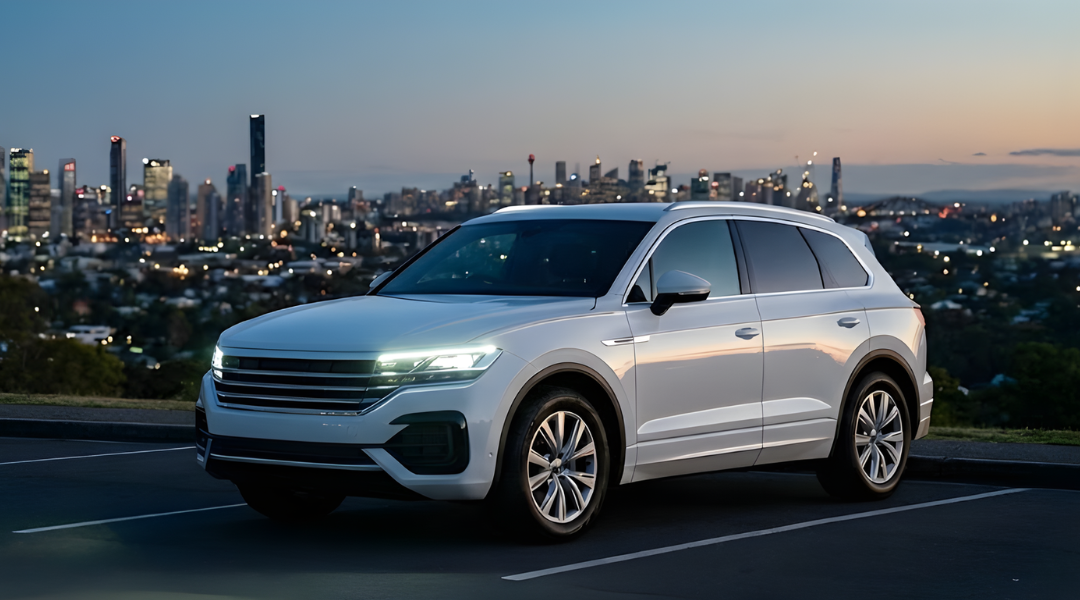Don’t let an unexpected accident derail your adventure! Renting a car opens doors to exploration, but unfamiliar vehicles and environments can heighten risk. This guide equips you with the knowledge and strategies to navigate the road confidently and minimize the chances of an accident.
Why Rental Car Safety Matters
- Unfamiliar Vehicle: Adjusting to a new car takes time. Understanding its handling and braking is crucial for safe driving.
- Foreign Territory: Unfamiliar traffic laws, road signs, and driving styles can create confusion and increase risk.
- Heightened Stress: Travel can be stressful. Taking precautions ensures a calmer and safer driving experience.
Preparing for a Smooth Ride in Australia
Befriend Your Rental: Before setting off, spend a few minutes getting comfortable with the car:
- Adjust the mirrors, seat, and steering wheel for optimal visibility and control.
- Locate essential controls like headlights, turn signals, and windshield wipers.
- Familiarise yourself with any unique features (e.g., automatic braking, lane departure warnings).
Understanding the Rules of the Road in Australia
Do Your Aussie Traffic Law Research: Before you hit the gas, invest some time in researching local traffic regulations specific to Australia. Here are some key things to remember:
-
Left-Hand Lane is Your Home: Australia follows the left-hand traffic system. Stay on the left side of the road and overtake on the right. This might feel counterintuitive if you’re from a right-hand traffic country, so practice staying left in a quiet parking lot before venturing onto main roads.
-
Give Way to the Right (Usually): At intersections without traffic lights, you typically yield (give way) to traffic coming from your right. Look for giveaway signs to confirm who has the right of way at an intersection. If there are no signs, proceed with caution and yield to traffic already in the intersection.
-
Roundabouts Done Right: Traffic travels counter-clockwise in roundabouts. Yield to vehicles already circulating in the roundabout before entering. Once you’re in, indicate your intention to exit well in advance so other drivers can adjust accordingly.
-
Speed Limits: Watch the KMs!: Speed limits are posted in kilometres per hour (km/h), not miles (mph). Be extra vigilant, as speed limits can change frequently along routes. Pay close attention to posted signage and adjust your speed accordingly.

Mastering Defensive Driving in Australia:
Now that you’re familiar with the basic rules, here are some essential defensive driving techniques for Australian roads:
-
Maintain a Safe Following Distance: Leave ample space between your car and the vehicle ahead, especially on long highway stretches. The two-second rule is a good guideline: choose a fixed object on the road and ensure you don’t pass it until two seconds after the car in front of you does. This allows more reaction time in case of sudden braking.
-
Wildlife Watch: Australia is teeming with unique wildlife. Be extra alert at dawn, dusk, and throughout the night, as kangaroos, emus, and other animals may wander onto the road. Slow down and brake gently if you see wildlife approaching. Swerving can be more dangerous, so avoid any sudden maneuvers.
-
Yield the Right of Way (Even When Unsure): When in doubt, yield! Err on the side of caution, especially at intersections with unclear signage. Better to be safe than sorry.
-
Signal Early and Often: Don’t wait until the last minute! Use your turn signals well in advance before lane changes or turns, giving other drivers ample time to react and adjust their own maneuvers.
-
Beware of Speed Camera Zones: Australia enforces strict speed limits with frequent speed cameras. Stay vigilant and adhere to posted limits to avoid fines and potential accidents.
-
Adjust for Conditions: Always adjust your speed and driving style to match the road conditions. Slow down in bad weather (rain, fog), on unfamiliar roads, or during peak traffic hours.
Road Safety Essentials in Australia:
Here are some additional tips to ensure a safe and stress-free driving experience:
-
Seatbelts are Mandatory: Ensure everyone in the car is buckled up before starting the engine. Seatbelts are your primary defence in an accident.
-
Headlights On During the Day: Many Australian states require headlights to be on during the day, especially on rural roads. Double-check the regulations for the region you’re visiting.
-
Be Wary of Road Trains: Large road trains share the highways. Give them plenty of space when overtaking and be aware of their wider turning radius. Don’t cut them off!
-
Plan for Long Distances: Carry plenty of water and snacks, especially when driving long distances between towns. Be mindful of fatigue and take regular breaks to avoid drowsy driving.
Remember: Defensive driving and a proactive approach are key to navigating Australian roads safely. By following these tips and staying alert, you can minimize risk and ensure a stress-free rental car experience Down Under!
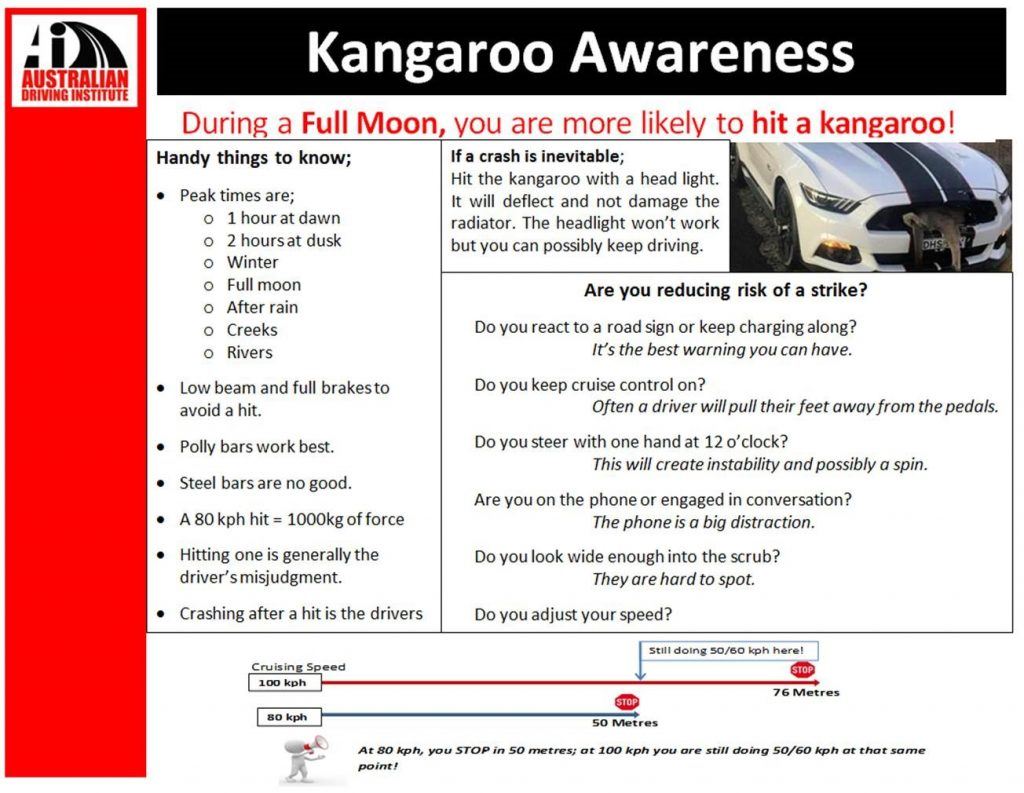
Unexpected Encounters Down Under
- Breakdowns: If your car breaks down, pull over to the breakdown lane (indicated by a broken white line) and turn on your hazard lights. Contact the rental company for roadside assistance.
- Accidents: If you’re involved in an accident, stay calm and assess the situation. Check for injuries and call 000 for emergency services if necessary. Contact the rental company to report the incident and follow their instructions.
- Floods: Heavy rains can cause flash floods. Never attempt to drive through floodwaters. Find higher ground and wait for the water to recede.
- Wildlife Encounters: If you see an animal on the road, slow down and allow it to pass. Avoid swerving, as this can cause a loss of control.
Additional Resources for a Safe Australian Adventure:
- Local Traffic Authority Websites: Each Australian state or territory has a traffic authority website with information on local traffic laws, road signs, and driving regulations specific to the region.
- Safe Travel Advice: The Australian government website https://www.smartraveller.gov.au/ offers comprehensive travel advice, including road safety information for visitors.
- Emergency Numbers: Remember the emergency number in Australia is 000 for police, ambulance, and fire services.
Remember: By staying informed, prepared, and practising defensive driving techniques tailored to Australian roads, you can significantly reduce the risk of encountering unexpected situations while driving a rental car.
Minimising Distractions: Stay Focused on the Road
-
Don’t let distractions or car troubles derail your Aussie adventure! Here’s what you need to do before hitting the road:
-
Silence the Phone: Australian law prohibits handheld phone use while driving. Keep your phone silenced and avoid picking it up, even for a quick check. Use hands-free options sparingly and keep conversations short.
-
Minimize In-Car Distractions: Multitasking behind the wheel is a recipe for disaster. Avoid messy food, applying makeup, or loud conversations. Let your passengers know you’re prioritizing safety for everyone.
-
Quick Car Check: Perform a visual inspection before setting off. Look for any exterior damage, ensure all lights function properly, and check tyre condition. Report any concerns to the rental company.
-
Tyre Safety Matters: Proper tire pressure and tread depth are essential, especially on long highway drives. Find the recommended tyre pressure on the car (usually on a sticker inside the driver’s door) and inflate them accordingly. Check the tread wear indicator – if it’s flush with the tread, the tyres need replacing (alert the rental company).
-
Plan Your Route: Use GPS or downloaded maps to plan your journey. Familiarise yourself with the route, potential traffic hotspots, and estimated travel times. Consider a navigation app with real-time traffic updates to avoid congestion.
-
Have a Backup Plan: Be prepared for unexpected road closures or detours, common in remote areas. Have an alternative route in mind to avoid delays and peak traffic hours.
Remember: By minimising distractions, ensuring proper vehicle maintenance, and planning your routes effectively, you set yourself up for a safe and enjoyable driving experience in Australia.
Bonus Tip: Consider purchasing additional roadside assistance for peace of mind, especially when venturing into remote areas.
-
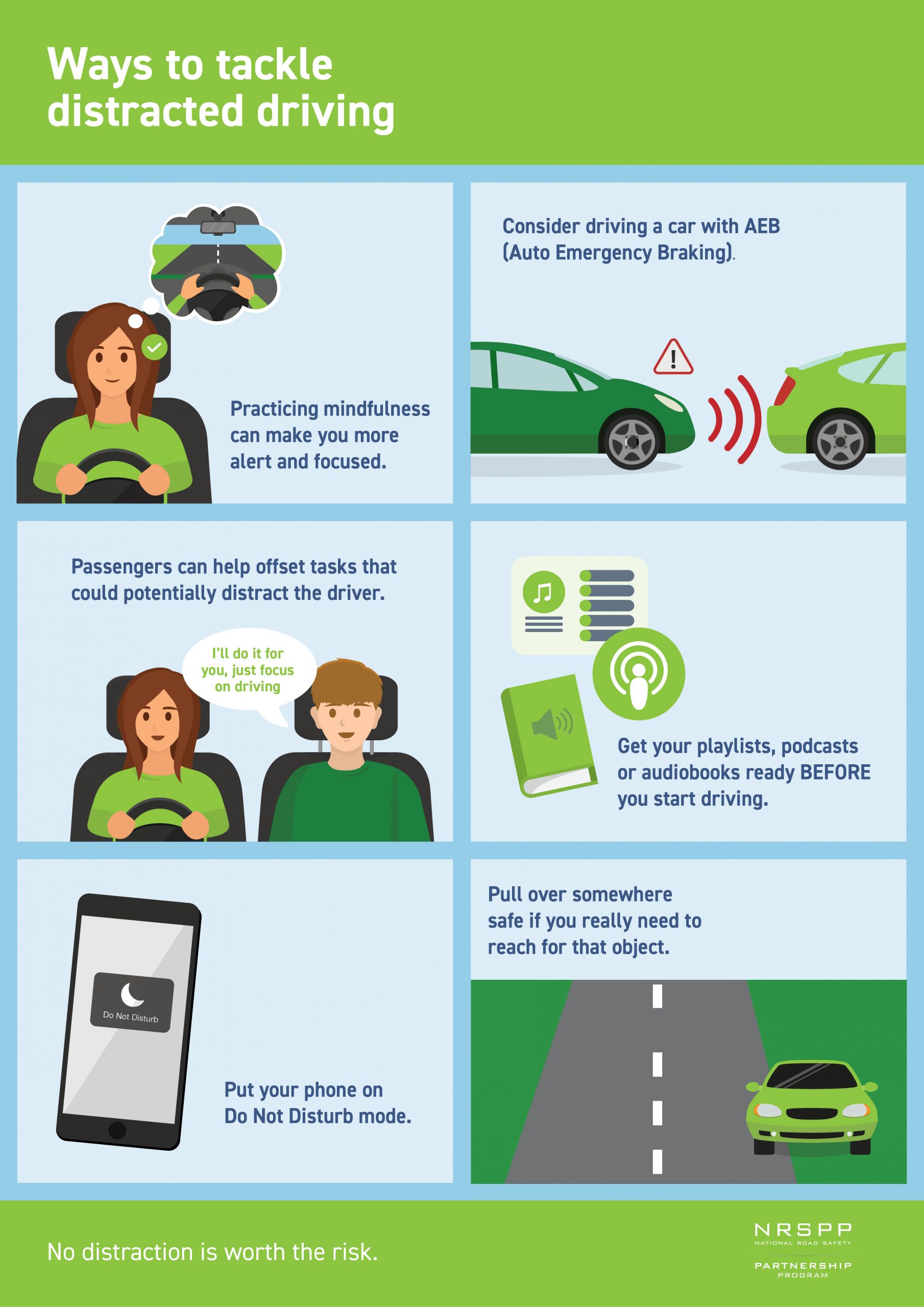
Maintaining Proper Vehicle Maintenance: Peace of Mind on the Road
Taking a few minutes to inspect your rental car before setting off can significantly enhance your peace of mind and contribute to a safe and enjoyable driving experience in Australia. Here’s what to check:
-
Exterior Checkup: Give the car a once-over for any dents, scratches, or other exterior damage. Report any pre-existing issues to the rental company before you depart. This ensures they’re documented and avoids any blame being placed on you upon return.
-
Lights On!: Ensure all essential lights are functioning properly. Check headlights, taillights, brake lights, and turn signals. Turn on the lights and visually inspect them or ask a friend to help you confirm functionality. Faulty lights can be a safety hazard, so don’t hesitate to report any issues to the rental company and request a replacement vehicle if necessary.
-
Tyre Time: Proper tyre condition is paramount for safe driving, especially on long highway journeys in Australia. Here’s a two-part tyre check:
-
Tyre Pressure: Locate the recommended tyre pressure for the specific car you’re renting. This information is usually found on a sticker inside the driver’s door jamb. Most gas stations have air pumps you can use to inflate the tyres to the recommended pressure. A tyre pressure gauge (often available for purchase at gas stations or auto parts stores) will be handy for measuring the pressure accurately.
-
Tread Depth: Inspect the tread wear indicator on the tyres. These small raised bars are moulded into the tread grooves. If the tread surface is level with the tread wear indicator, the tyres lack sufficient grip and need replacing. Alert the rental company immediately if you find any tyres with worn-out tread. Driving on unsafe tyres can be dangerous.
-
Planning Routes and Navigating: Be Prepared for the Unexpected
- Plan Your Journey Like A Pro: Utilise GPS devices or offline maps downloaded to your phone to plan your route. Familiarize yourself with the route, potential traffic hotspots, and estimated travel times. Consider using a navigation app that provides real-time traffic updates to help you avoid congestion.
- Alternative Routes: Have a Backup Plan: Be prepared for unexpected road closures or detours, which can be common in remote areas. Have a backup plan or alternative route in mind in case of unforeseen circumstances. Knowing alternative routes can also help you avoid peak traffic hours in busy areas.
Remember: By minimising distractions, ensuring proper vehicle maintenance, and planning your routes effectively, you contribute significantly to a safe and enjoyable driving experience in Australia.
Bonus Tip: Consider purchasing additional roadside assistance coverage with your rental car. This can provide peace of mind and assistance in case of a breakdown or flat tyre, especially when travelling in remote areas.
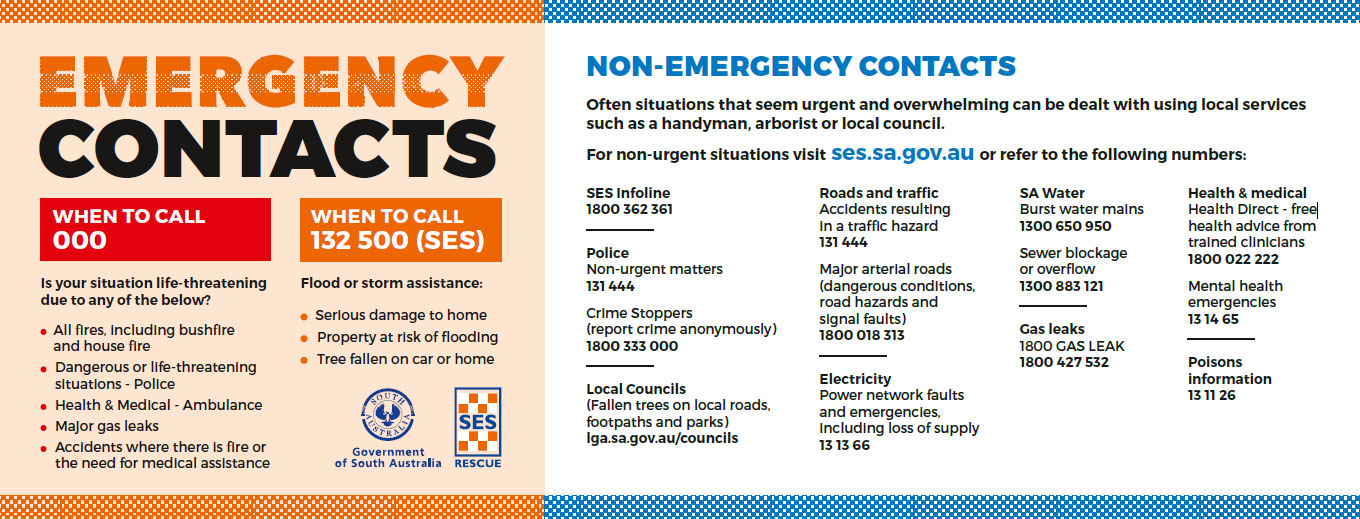
Dealing with Emergencies: Be Prepared for the Unexpected
Even the most well-planned trip can encounter unexpected situations. Here’s how to stay calm and handle emergencies while driving a rental car in Australia:
1. Breakdowns:
- Pull Over Safely: If your car breaks down, the priority is safety. Find a safe location to pull over. Look for the breakdown lane, which is typically on the far right shoulder of the road and marked by a broken white line.
- Turn on Hazard Lights: Immediately turn on your hazard lights to warn other drivers of your situation. This will make your vehicle more visible, especially at night or in low-visibility conditions.
- Contact Roadside Assistance: Most rental companies in Australia offer roadside assistance as part of their rental package. Locate the contact information for roadside assistance in your rental agreement or on the car rental company’s website. Call them immediately and explain your situation.
- Stay Put: Do not attempt to fix the car yourself. Wait for roadside assistance to arrive. If you’re in a remote area with poor phone reception, consider waiting with the car until help arrives.
2. Accidents:
- Stay Calm and Assess: If you’re involved in an accident, the most important thing is to stay calm and assess the situation. Check yourself and your passengers for injuries. If anyone is injured, call 000 immediately for emergency services.
- Secure the Scene: Turn on your hazard lights and, if possible, move your car to a safe location off the road to avoid further congestion.
- Call Emergency Services: If there are serious injuries or significant damage, call 000 for emergency services (police, ambulance, or fire department).
- Contact Rental Company: Once the scene is secure and you’ve addressed any immediate medical needs, contact your rental company to report the accident. Follow their instructions regarding the next steps, such as filing an accident report.
- Do Not Admit Fault: Do not admit fault at the scene of the accident. This could have negative consequences later on when dealing with insurance companies. Simply exchange contact information with the other driver(s) involved and wait for the police to arrive.
Remember: By staying calm, taking the necessary steps to ensure safety, and knowing who to contact, you can manage an emergency effectively.
Understanding Rental Car Insurance:
Rental car insurance can be a complex topic, so here’s a quick breakdown of some common coverage options offered by rental companies:
- Loss Damage Waiver (LDW) or Collision Damage Waiver (CDW): This covers damage to the rental car itself in case of an accident. It’s often included in the base rental rate but check the specific terms and coverage limits.
- Supplemental Liability Insurance (SLI): This supplements the minimum liability insurance included in your car insurance policy and may be required by the rental company.
- Personal Accident Insurance (PAI): This provides medical coverage for you and your passengers in case of an accident while using the rental car. Consider if your existing health insurance provides sufficient coverage for travel.
- Personal Effects Coverage (PEC): This covers your personal belongings in case of theft or damage while inside the rental car. Again, check if your homeowner’s or renter’s insurance extends coverage to your belongings while travelling.
Important Note: Rental car insurance options and terminology can vary between companies. It’s crucial to carefully review the details of each coverage type offered by your chosen rental company before finalizing your booking. In some cases, you might be able to decline some coverages if you have existing insurance policies that provide similar protection.
Additional Resources:
- Australian Road Rules: Unveiling Australian Road Rules
- Queensland Road Rules: QLD Road Rules: Ultimate Guide
- NSW Road Rules: Master NSW Road Rules
Remember: Defensive driving and a proactive approach are key to navigating Australian roads safely. By following these tips, researching local traffic regulations specific to your destination state, and understanding your rental car insurance options, you can minimize risk and ensure a stress-free and enjoyable driving experience Down Under!
Final thoughts:
By prioritizing safety and following these essential tips, you can significantly reduce the risk of accidents and ensure a stress-free rental car experience. Remember, the open roads of Australia are waiting to be explored. Embrace the adventure, but always prioritize safety to create lasting memories and return home with stories to share, not mishaps to recount.
Drive Safe and Explore Responsibly!
Drive Safe and Explore Responsibly with Alpha Car Hire!
Ready to Hit the Road with Confidence?
Book Your Downtown Rental: Explore the city at your own pace with a convenient downtown pick-up location from Alpha Car Hire.
Choose an Airport Pick-Up: No need to stress about public transportation after your flight. Book your rental car with Alpha Car Hire for hassle-free airport pick-up.
Alpha Car Hire: Your Trusted Partner for a Safe and Enjoyable Australian Adventure!
[vc_row][vc_column][vc_empty_space height=”16px”][/vc_column][/vc_row][vc_row][vc_column][vc_btn title=”Book Now” style=”custom” custom_text=”#666666″ shape=”square” align=”center” link=”url:https%3A%2F%2Falphacarhire.com.au%2F|title:Home%20Page||” el_class=”primary-btn”][/vc_column][/vc_row][vc_row][vc_column][vc_empty_space height=”16px”][/vc_column][/vc_row][vc_row][vc_column][vc_column_text]
[/vc_column_text][/vc_column][/vc_row][vc_row][vc_column][vc_empty_space height=”24px”][/vc_column][/vc_row][vc_row][vc_column][vc_custom_heading text=”Car Hire Locations” font_container=”tag:h2|text_align:center” link=”url:https%3A%2F%2Falphacarhire.com.au%2Fcar-rental-locations%2F|||”][/vc_column][/vc_row][vc_row][vc_column width=”1/5″][vc_column_text]
[/vc_column_text][vc_column_text]
[/vc_column_text][/vc_column][vc_column width=”1/5″][vc_column_text]
[/vc_column_text][vc_column_text]
[/vc_column_text][/vc_column][vc_column width=”1/5″][vc_column_text]
Sunshine Coast Airport Car Hire
[/vc_column_text][vc_column_text]
[/vc_column_text][/vc_column][vc_column width=”1/5″][vc_column_text]
[/vc_column_text][vc_column_text]
[/vc_column_text][/vc_column][vc_column width=”1/5″][vc_column_text]
[/vc_column_text][vc_column_text]
[/vc_column_text][/vc_column][/vc_row]


